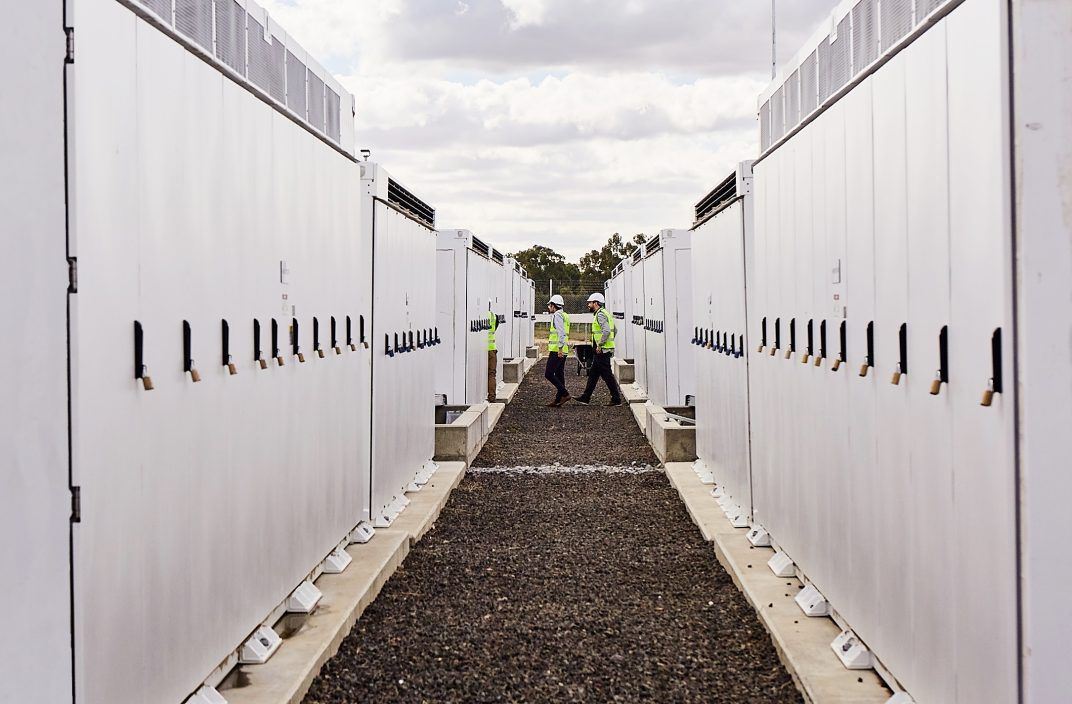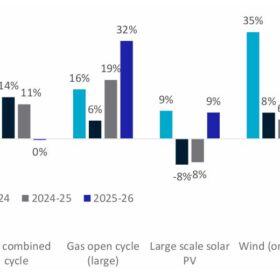The Australian Energy Market Operator (AEMO) has launched its frequency performance payments (FPP) reform, creating a significant shift in how national electricity market (NEM) participants are incentivised or penalised for their impact on frequency stability.
Participants helping to maintain system frequency near 50 Hz, which AEMO says is crucial for managing a secure and reliable power system, will receive incentives, which are recovered from those with unhelpful impacts – forming a zero-sum system.
The traditional causer-pays system is now replaced by a double-sided mechanism, where participants whose assets have a destabilising impact on frequency will incur penalties, which are recovered every five minutes to pay assets that stabilise the grid.
Under the new arrangements, generation units’ performance and five-minute contribution factors (CF) calculated for FPP will be used to allocate the recovery of regulation frequency control and ancillary services (FCAS) costs.
The new system improves accuracy in near real time, giving generators, batteries, and large loads strong, clear economic signals, while incentivising the goal of frequency stability through project operations.
AEMO Executive General Manager of Operations Michael Gatt said the reform represents a transformational shift in how the power system is managed as the energy market continues to transition toward a lower emissions future.
“The implementation of FPP brings real-time accountability, promotes market balance, and strengthens the case for fast, flexible technologies that are essential to maintaining grid stability as traditional generation retires,” Gatt said.
“Participants now have access to better data and clearer incentives that support more efficient operations.”
Gatt added that by recognising and valuing the role of emerging technologies such as batteries and responsive loads, FPP enhances investment signals and supports innovation across the sector.
“It ensures that those who contribute positively to system frequency are fairly compensated, while costs are recovered from those with an unhelpful contribution – aligning market behaviours with system needs. This reform is about equipping the NEM for the future,” Gatt said.
The reform officially went live on 8 June 2025.
This content is protected by copyright and may not be reused. If you want to cooperate with us and would like to reuse some of our content, please contact: editors@pv-magazine.com.









By submitting this form you agree to pv magazine using your data for the purposes of publishing your comment.
Your personal data will only be disclosed or otherwise transmitted to third parties for the purposes of spam filtering or if this is necessary for technical maintenance of the website. Any other transfer to third parties will not take place unless this is justified on the basis of applicable data protection regulations or if pv magazine is legally obliged to do so.
You may revoke this consent at any time with effect for the future, in which case your personal data will be deleted immediately. Otherwise, your data will be deleted if pv magazine has processed your request or the purpose of data storage is fulfilled.
Further information on data privacy can be found in our Data Protection Policy.